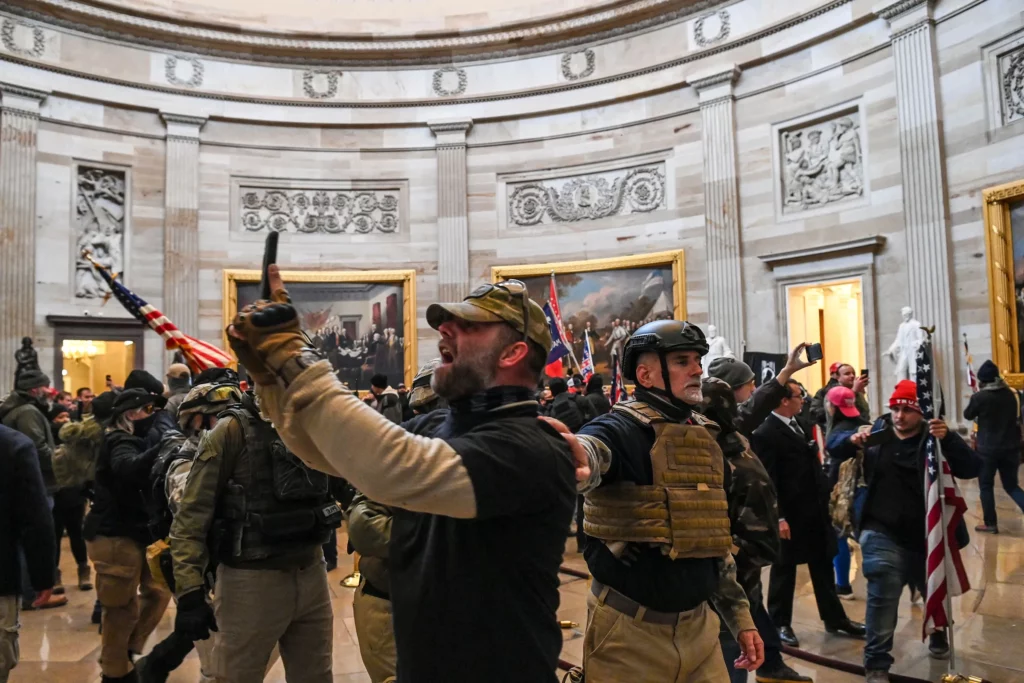I am sorry about the technical problems last week.

Kindness. On a cold Saturday night in January 1963, I came home to our small college apartment in Topeka, Kansas, after playing basketball for Washburn University against Rockhurst College in Kansas City.
Jeny informed me she was in labor with our first child and needed to go to the hospital. I took her and she was in the first stage of labor that night, all the next day and all Sunday night—in fact she was in early stages of labor until they gave her a Caesarian section on Wednesday.
I was at basketball practice Wednesday when the manager told me to hurry to the hospital. I raced in my sweaty practice clothes and got there just as she went on the elevator. Thankfully, I got to tell her I love her as they wheeled her away. I nervously waited until the nurse came and said the doctor wanted to see me.
I went to a window and the doctor was holding Scott without cleaning him up. He said there were complications. Scott had his umbilical cord wrapped around him and his lung collapsed. They were going to have to do surgery.
The doctor said he wanted me to see our son alive because he may not survive. In hindsight that was a very thoughtful act. As kind as it was, to a naïve 20-year-old the information was frightening. Gladly the surgery was successful and Scott has had no effects from his traumatic beginning.
Earlier in that week, I had a final exam on Monday morning. I went to the philosophy professor and explained the situation. He kindly agreed to delay the exam. I will always remember his kindness as well as the doctor who let me see Scott.
A Lesson. I also remember and am very thankful to the philosophy professor for introducing me to thinking.
He was someone who helped me realize there is much more to learning than simply memorizing facts, dates and people in order to pass tests, in order to get grades. He opened my mind to the new adventure of gaining knowledge for understanding and hopefully wisdom.
I want to share one of the ideas he taught me. His teaching was a big step in thinking for myself and not depending on a commentator for my thinking
He taught me the use of symbols for clear, logical thinking. If I want to be a clear thinker, I need to put my arguments into symbols and examine the logic and consistency in the abstract before looking at the specifics of issues. That step, forces me to avoid my biases. In particular it helps me minimize confirmation bias.
You may recall confirmation bias is the human tendency we all share, to have an opinion, seek evidence to support it and ignore counter evidence. Starting with symbols forces me to think more clearly about my argument before I put words and my personal bias into the situation.
Typically, we (me included) do not always want to take the time to examine our ideas. We are uncomfortable with approaching the situation in a way that may show we are wrong. We just want to have our opinions and act on them without thorough examinations.
I am going to give a simple demonstrate of the idea. As I begin, I am not trying to persuade you for or against a particular outcome. I am trying to showing a method of thinking that is helpful to me.
Take your time and think with me. I promise to keep it simple.
Assume we are attacking the issue of protesting. We make the big issue P. The protest involves individuals. I will call them I. Assume the I illegally invades property. I will call that IP. Assume they attack and damage the property. I will call that ID. Assume they physically attack other people. I will call that IA.
That is enough information for me to make my point.
We can start with a simple question – if I engage in IP, ID, and IA, should I be punished? If in a protest, I engage in invasions of property resulting in damages and also engage in physical attacks on other people, should I be punished?
The method has advantages. First it helps to form important questions. Were the people harmed? Was the property private or public etc. Was it a justifiable protest? Was it a revenge protest?
I do not plan to explore additional questions. I am only wanting to show how the method helps me think in a very simple manner.

The second and very important advantage occurs when I use the symbols on specific situations. For example, I can use the symbols and consider the January 6 events in Washington D. C. Then, I can compare my responses for that situation to my responses when I apply the symbols to the current student protests.
I might think one group should be punished and the other group should not be punished. If I want to be a consistent, clear thinker, I am forced to ask why?

I might think both should be punished and consider the severity. If there are differences in severity, to be a clear thinker, I must establish what are the differences between the two situations?
In my opinion, most people just want to have their opinion about January 6 and the current protests. They do not want to think about being consistent across the situations.
I certainly do not always stop to examine the consistency of my arguments. However, thanks to that professor, if I try to be consistent, I have a helpful means to start the examination. I encourage you to consider the process and assess your opinions about the two protests.

A Good Start to My Day. In 1960, when I graduated from high school, my church gave me a small pocket prayer book. Recently I was cleaning shelves and had to decide whether to keep it or discard it. I happened to read a simple statement of morning resolve, written by Bishop Vincent. He was a Methodist bishop and a founder of the Chautauqua Society.
The prayer went: “I will try this day to live a simple, sincere and serene life, repelling promptly every thought of discontent, anxiety, discouragement, impurity, and self-seeking; cultivating cheerfulness, magnanimity, charity, and the habit of holy silence; exercising economy in expenditure, generosity in giving, carefulness in conversation, diligence in appointed service, fidelity to every trust, and a childlike faith in God.”
There are many variations to this simple prayer. Some suggest a different source, but I like the simplicity and believe Bishop Vincent was the original author.
I kept the book and read the prayer every day.
This and That
Bill Walton passed away last week. My favorite story about him was his interaction with his college coach John Wooden at UCLA. The story was related many times by Bill himself.
In his hippy days, Bill wanted to keep his hair long. He told Coach Wooden he did not have the right to tell him to cut his hair. Coach Wooden’s response was:
“You are correct. I do not have the right, Bill, but I do have the right to say who is going to play on my team and we’re going to miss you.”
I recommend reading this very moving story about the relationship of an Alabama football star, Malachi Moore, and a terminally ill blind girl.
Good News
First Responders
‘You Need A Hug?’: Deputy Reunites Lost Little Girl with Her Mother (sunnyskyz.com)
Determined Train Clerk And Police Officers Find Woman’s Missing Engagement Ring (sunnyskyz.com)
Kindness
Coldplay Frontman Chris Martin Picks Up Disabled Fan Struggling To Reach Concert (sunnyskyz.com)
‘I Was In Awe’: School Recognizes 6th Grader For Act Of Compassion During Race (sunnyskyz.com)
Peace
Jerry
0 Comments